Wow! Today has been a whirlwind. My day began at 9am at the YOUNGO Spokes meeting, which is a daily meeting of youth representing NGOs at the conference. I then proceeded to attend negotiations sessions on two key issues at COP 25 — Article 6 of the Paris Agreement (which Jenn talked about in her latest post) and the Warsaw International Mechanism for Loss and Damage (which Allie discussed yesterday) — as well as two side events at country pavilions and two official side events hosted by the UNFCCC, before leaving the venue around 8pm.
Since there are so many venues and meetings at the COP, I thought it would be helpful to provide visuals and descriptions of the different types of events and negotiations.
Official Negotiations – Plenaries and Contact Groups
Plenaries: Plenaries are open to all in attendance. They are held in large halls (see below) and are used as forums for public speeches, the adoption of agendas, all procedural issues, and the adoption of any decisions/conclusions.
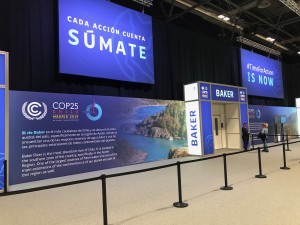
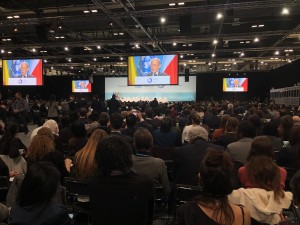
Contact Groups: When agenda items in plenary warrant further discussion (they almost always do), contact groups are formed. Contact group discussions generally take place in smaller settings (though not always as you will see below). Contact groups work out detailed texts that are then adopted/approved in plenary. These events are sometimes open to observer organizations and sometimes not.
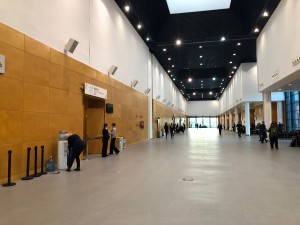
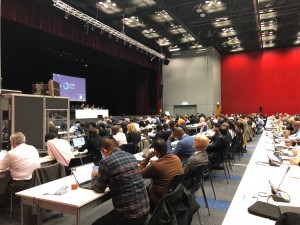
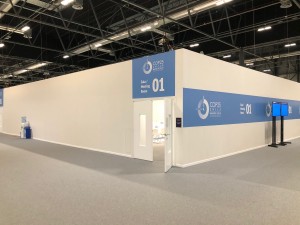
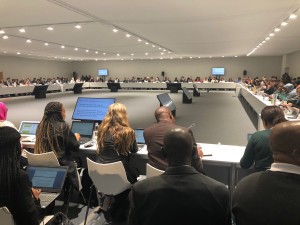
It is also important to note that “official” negotiations continue outside of these sessions informally in negotiating blocks, bilaterals, and multilaterals.
Informal Proceedings – Side Events and Exhibits
Official Side Events: These are thematic talks sanctioned by the UNFCCC. They serve as opportunities for observer organizations — which are limited in official negotiating capacity — to engage with the conference, share information, and promote climate action.
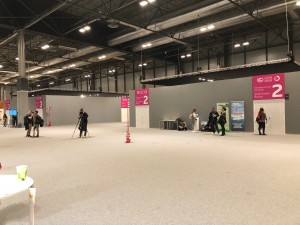
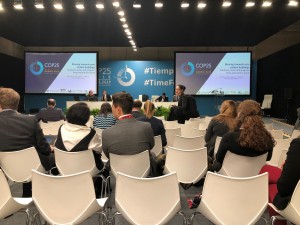
Pavilion Side Events: Similar to the official side events, pavilion talks are opportunities for observer organizations to share their work and engage with the conference. These events, however, are curated based on the pavilion host’s (an NGO, UN body, or country) positionality on the climate crisis. Below are pavilions from two countries, the IPCC, and a NGO representing a coalition of development banks.
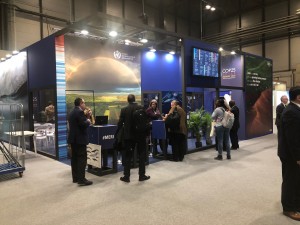
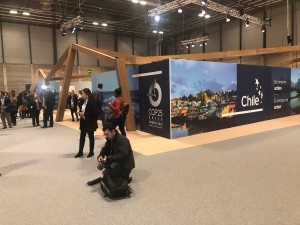
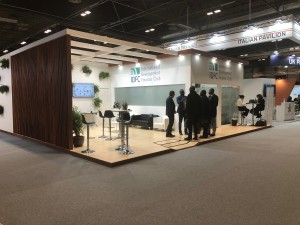
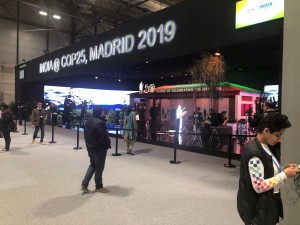
Official Exhibits: These serve as additional opportunities for observer organizations to share their work with the conference attendees. They function almost as rotating poster sessions (as the exhibits shift every couple of days).
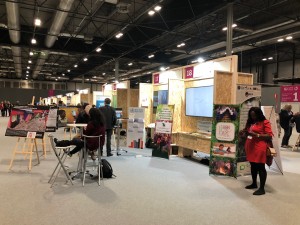
Thanks for this useful breakdown of all the different aspects of the conference, Max!